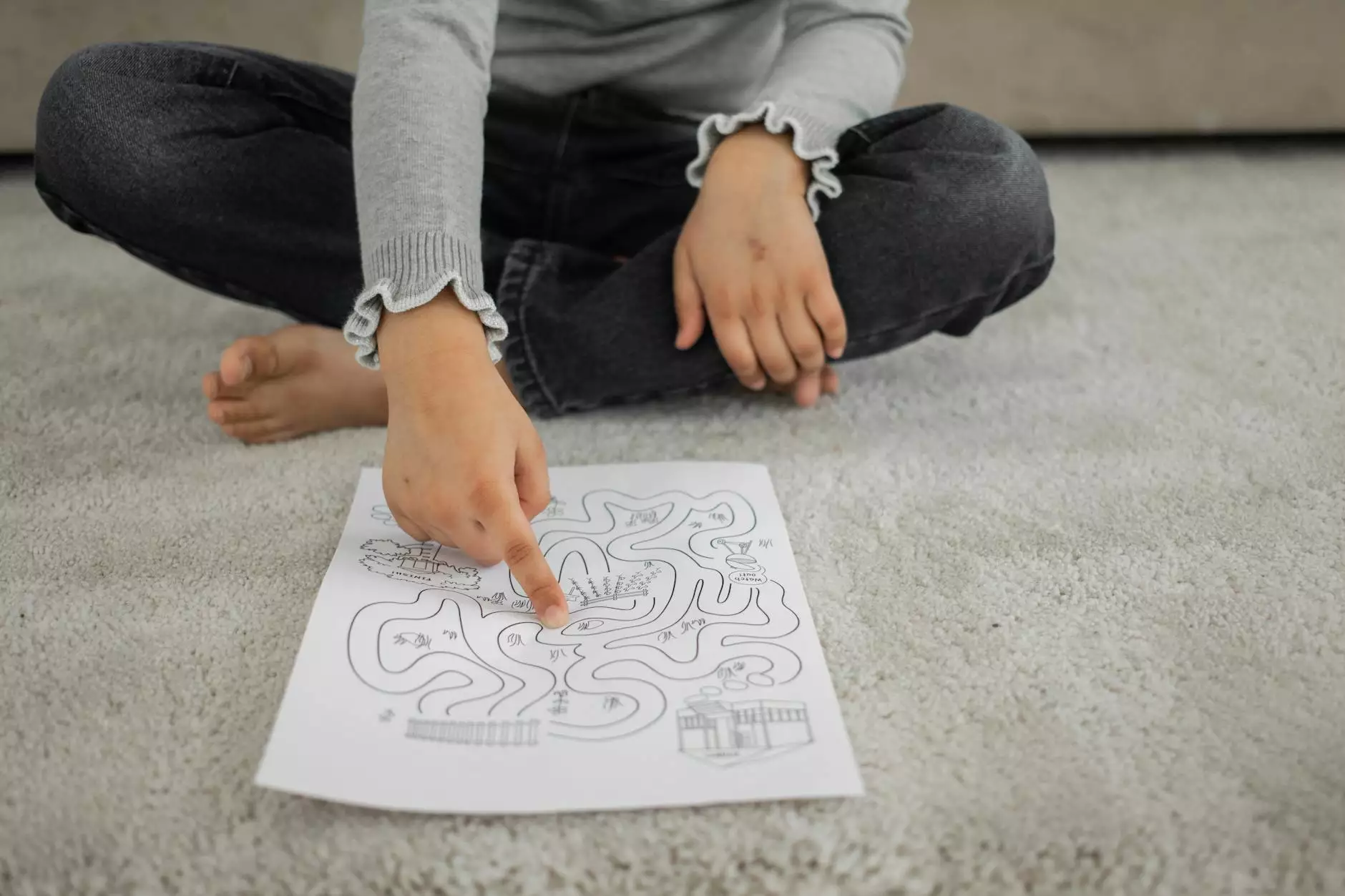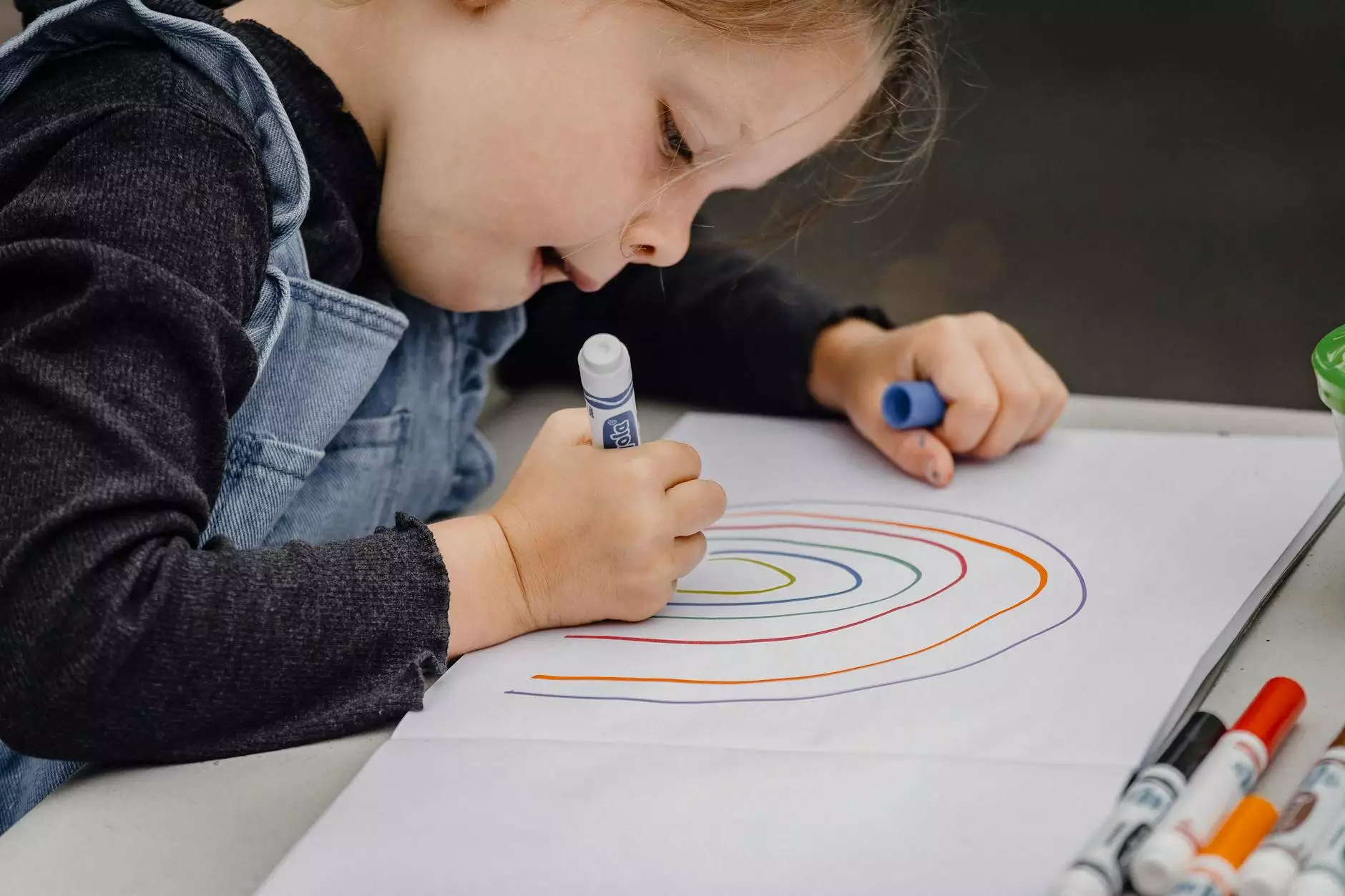Using Manipulatives in Reading Intervention

Introduction
As a leading authority in educational interventions, The Knowledge Nest understands that effective reading interventions require versatile and engaging strategies. One approach that has gained significant recognition is the use of manipulatives in reading intervention. Manipulatives are tangible objects designed to promote hands-on learning experiences, enabling students to interact with concepts in a multisensory manner.
The Power of Manipulatives
Manipulatives offer numerous benefits in reading intervention programs, fostering active participation and deeper understanding in students. By incorporating concrete materials into reading lessons, educators can bridge the gap between abstract concepts and real-world applications, supporting diverse learning styles and enhancing comprehension levels.
Enhancing Literacy Skills
Utilizing manipulatives in reading intervention can greatly enhance literacy skills. For instance, phonemic awareness, a foundational component of reading, can be effectively reinforced through the use of letter tiles or magnetic letters. Students can physically manipulate these letters to form words, enabling them to grasp the relationship between individual sounds and written symbols.
Boosting Comprehension
Reading comprehension is a crucial aspect of literacy development. Manipulatives provide invaluable support in this area. For instance, story maps and graphic organizers allow students to visualize story elements, sequence events, and identify main ideas. By physically manipulating these visual aids, students can actively engage with the text, deepening their understanding and retention of information.
Implementation Strategies
When incorporating manipulatives into reading intervention, it is essential to consider various implementation strategies that maximize their impact.
Multi-Sensory Approach
Engaging multiple senses simultaneously promotes stronger connections in the brain and enhances learning. Manipulatives allow students to see, touch, and even hear concepts, making the learning experience more immersive. Combining visual, auditory, and kinesthetic modalities stimulates different areas of the brain, increasing retention and overall comprehension.
Differentiated Instruction
Reading intervention often involves working with students across a wide range of abilities. Manipulatives provide a platform for differentiated instruction, catering to individual needs. Educators can customize activities using manipulatives to address specific skill gaps or challenges, ensuring that every student receives appropriate support and achieves growth.
Collaborative Learning
Manipulatives can also be utilized to foster collaborative learning environments. Group activities involving manipulatives encourage peer interaction, communication, and cooperative problem-solving. This collaborative approach promotes social-emotional development, enhances critical thinking skills, and builds positive relationships among students.
Conclusion
The Knowledge Nest believes in the power of manipulatives in reading intervention. By incorporating hands-on experiences and multisensory learning, educators can engage students at a deeper level, enhance literacy skills, and boost comprehension. Utilizing manipulatives as an integral part of reading interventions is a proven strategy for achieving successful student outcomes. Choose The Knowledge Nest and harness the power of manipulatives for effective reading interventions!










